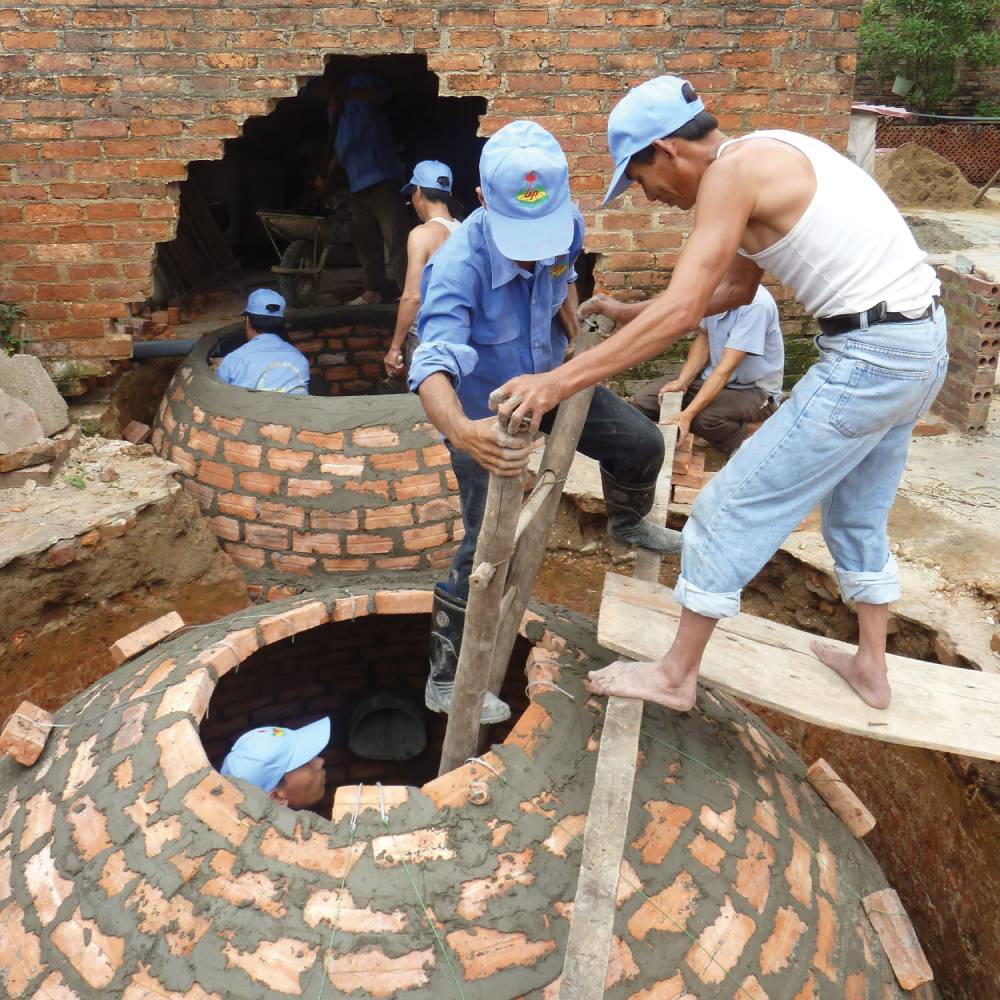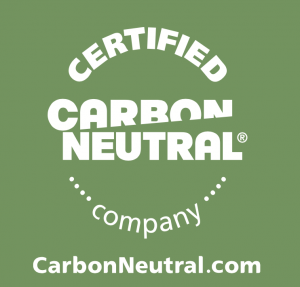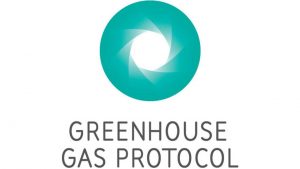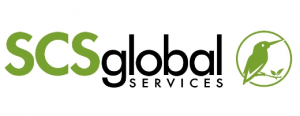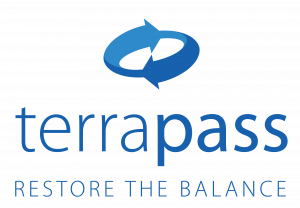Engagement of SCS Global Services
By September 2018 we had engaged SCS Global Services (SCS) to guide us through the process. We chose SCS
because they have:
• A long and credible track record of certifying companies, since 1984
• Certified various products from consumer to building materials for many fortune 500 companies.
• A calculation process is transparent and follows the GHG Protocol
• A complete process to calculate emissions from scope 1 to scope 3
• A vast network of professionals organizations who would be able to show us projects from whom we could buy offsets
This effort captured our emissions from 1 January 2018 to 31 December 2018, and will be used as our baseline period. The process covered all our emissions from 11 facilities in 8 cities, covering:
• Factory operations
• Warehouses, including those in our branches
• Head office
• Branch offices
The primary source of our GHG emissions were attributed to purchased electricity and diesel fuel. The assessment done for this phase of our effort encompassed:
• Emissions (direct emissions); from mobile and stationary equipment used in offices, warehouse and plant.
• Emissions (indirect emissions); associated with the generation of purchased electricity required for lighting, air-conditioning, operating motors and other equipment. The amount of carbon attributed to our operations will be reported to our auditors and any governmental agency who requests it.


